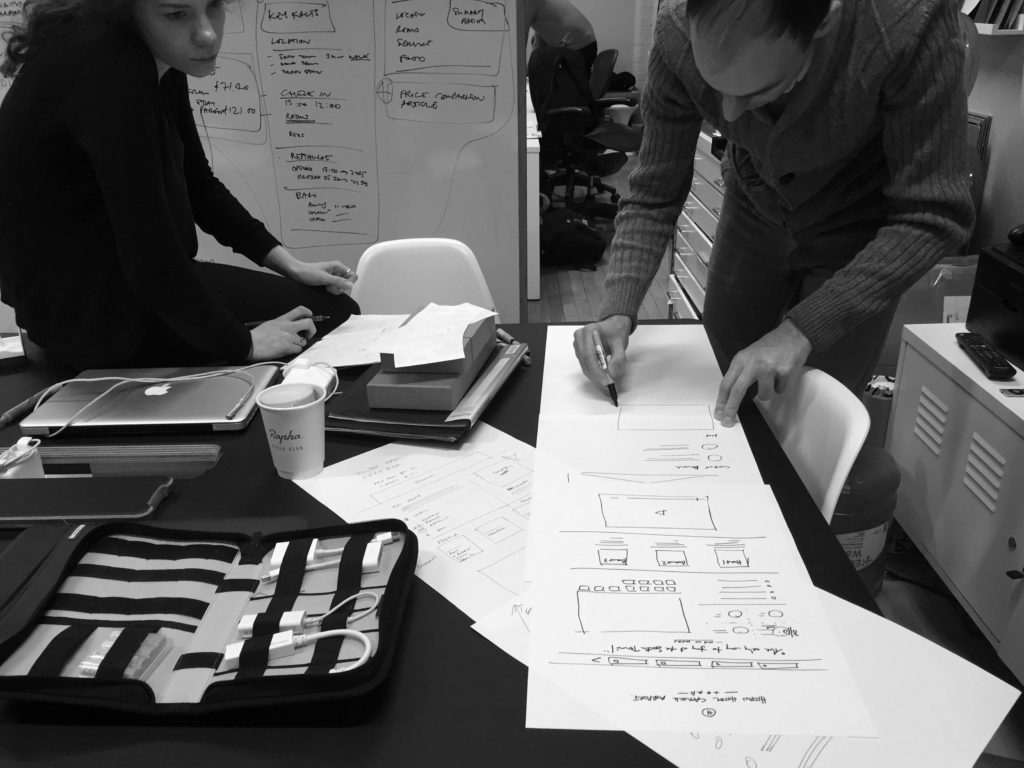How to Organize Your Web Development Process – Be a Better Developer
Developing a site takes time and patience, as well as hard work. Planning ahead can make your process much less painful and stress-free. In order to plan ahead and organize your time and development process, you should know a couple of things. Here are some things to have in mind before you start working on a site, and during work if you’ve already started.
The Purpose
If you start building a site but forget along the way that the site is supposed to do, then you will be in a pickle. Spending time and effort just because someone forgot or didn’t specify the goal of a site is a very common occurrence in web development.
If you are working for a client, ask them to tell you and specify what the site’s purpose is. The more information you get, the less likely you will make a mistake during development. If a site is just meant to be a blog, it does not need to be over-engineered like many sites are. But if a site is supposed to be an e-commerce site, then you should do more work as it will handle actual sales and sensitive data.
Work with the Designer and Client
Once you start development, a client often comes and tells you that they want everything in a different way, or a bunch of small, yet very difficult and time-consuming addons. If you work with your client on a clear design and know that they have settled for it, you should be good to go to start developing the site. If you, however, have to go through a designer, then talk to the designer and make sure that you know the details before you start laying the foundation for your site. You might end up laying the wrong foundation without all the data.

Be Flexible – The Site Must Be Flexible and Ready for Advertisements
No site today can exist without advertisements, and those that can, choose not to. Earning extra money for the price of saving some space for an advertisement is an amazing way to earn money. Your site should be able to accommodate advertisement without so much as a double-click.
Always remember that anybody’s site is a medium between them and their customers, which doubled for your own site. If you are building a site for yourself, you will want it to run smoothly, all the time. You can maintain it, but your client might not be able to.
If you are building a site for a client, you should make it easy to maintain, therefore increasing your own reputation of a user-friendly developer. Sites change, and the user should be able to adapt, without having to know at least 4 programming languages.

Have a Checklist Handy
Make a checklist template that you can use for any site. You should know the purpose of the site, its design and your client. Divide the checklist into sub-projects, for things like backend and frontend development, as well as debugging and assessment. Once you get through a certain goal or set of goals, you will definitely feel much better. Every tick off a checklist is like a load off your shoulders.
These tips should help any web developer organize their time and process of developing better, at the same time, making fewer mistakes along the way.